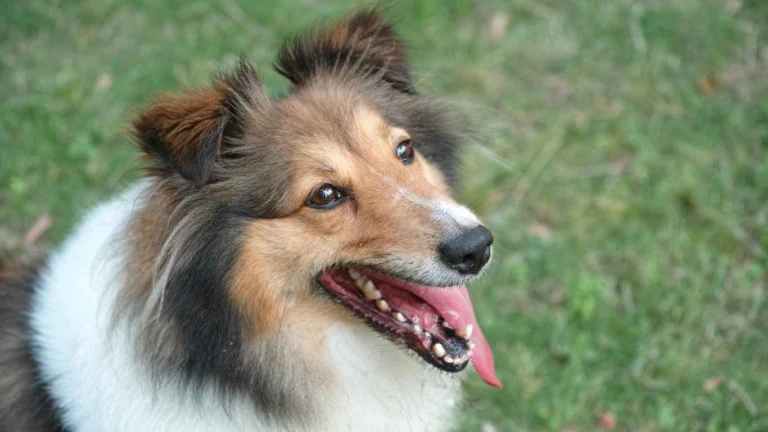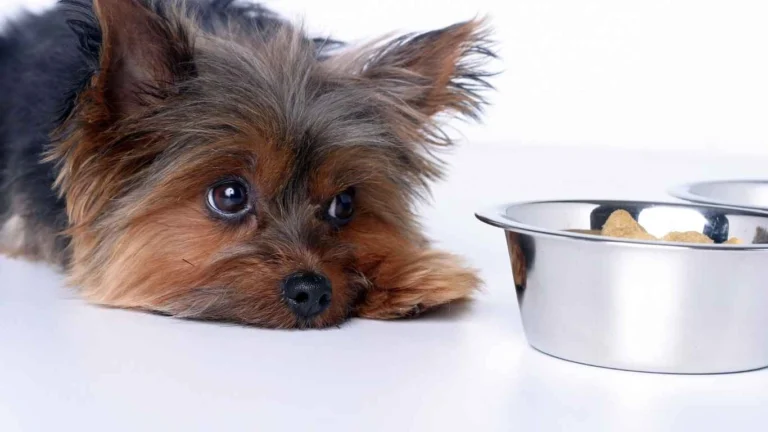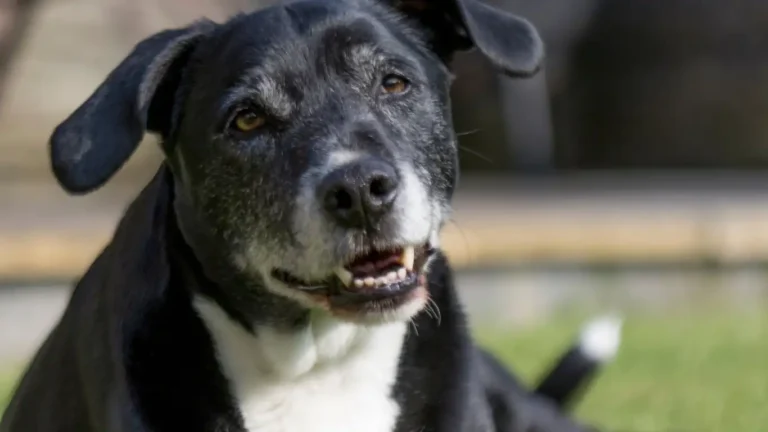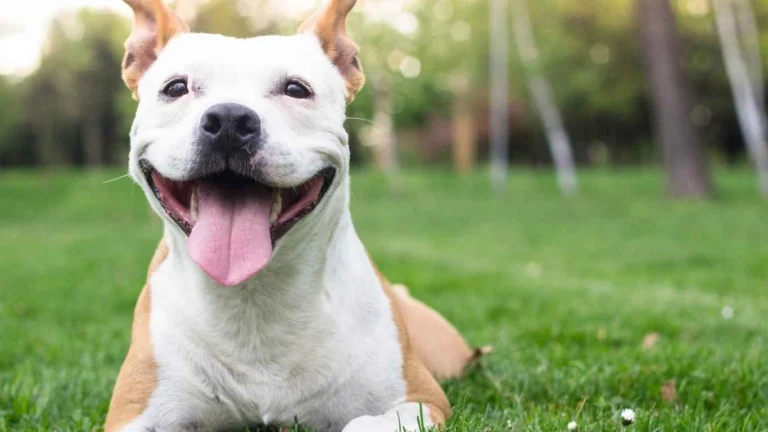Best Diet for Dogs Recovering from Anemia: Vet-Approved Nutrition Guide
If you’ve ever had a pup battling anemia, you know how stressful and heart-wrenching it can be. As someone who’s spent years working as an Animal Care Specialist in both shelters and vet clinics, I’ve seen firsthand how the right nutrition can make all the difference in a dog’s recovery. Finding the best diet for dogs recovering from anemia isn’t just about pumping them with iron—it’s about a holistic, nutrient-dense plan tailored to their specific needs and energy levels. Let’s dive into what really works, what doesn’t, and how you can support your pup’s journey back to full tail-wagging health.
Why Nutritional Support is Critical for Anemic Dogs

In the clinic, I’ve worked with everything from teacup Chihuahuas to Great Danes who’ve come in lethargic, pale, and just… not themselves. Anemia can creep up for a number of reasons—parasites, internal bleeding, chronic illness, or even poor diet over time. And while medication plays a role, food is medicine too.
The best diet for dogs recovering from anemia focuses on giving the body what it needs to rebuild healthy red blood cells. That means iron, of course, but also vitamin B12, folate, protein, and copper. And not all sources of these nutrients are created equal.
Signs Your Dog Might Be Anemic (And How Diet Can Help)
If your dog hasn’t been diagnosed yet, some common signs of anemia include:
- Lethargy or low energy (sleeping more than usual)
- Pale gums or tongue
- Loss of appetite
- Rapid breathing or heart rate
- Weakness during walks or play
One of the most important things I learned working in the shelter was to pay close attention to subtle behavior changes. A normally energetic pit bull suddenly walking like a senior? Huge red flag. And more often than not, the bloodwork confirmed what we suspected—anemia. And that’s when the diet strategy kicks in.
Key Nutrients for Canine Anemia Recovery

Iron: The Foundation Mineral
This one’s a no-brainer. But not all iron sources are ideal. I always recommend heme iron from animal sources, which is more easily absorbed by dogs. Think beef liver, heart, and other organ meats. I’ve had pet parents turn up their noses at feeding organs, but honestly? Your dog will probably love them.
- Beef liver (cooked, not raw!)
- Chicken liver
- Sardines or mackerel (low-sodium, packed in water)
Avoid iron supplements unless your vet gives the green light—too much iron can actually be harmful.
Vitamin B12 and Folate: Red Blood Cell Builders
Dogs recovering from anemia often need a serious boost in these vitamins to get red cell production up and running again. I’ve seen pups bounce back noticeably after just a couple weeks of a B12-rich meal plan. Foods that help:
- Eggs (cooked, never raw)
- Fish like salmon
- Leafy greens (lightly steamed—kale, spinach, collards)
Pro tip: Blend the greens with a little bone broth and mix it into their food—makes it way more palatable, especially for picky eaters.
Protein: The Unsung Hero
Don’t sleep on protein. When I worked with post-surgical dogs that were also anemic, protein was the game-changer. It provides the building blocks for pretty much everything during recovery—including blood cells. Some of my go-to protein sources:
- Chicken thighs (boneless and skinless)
- Ground turkey
- Cottage cheese (low-fat and plain)
I’ve even helped clients prep simple DIY recipes using a crockpot—just toss in some meat, sweet potatoes, kale, and broth and you’ve got a recovery-boosting stew your pup will devour.
Foods to Avoid During Recovery
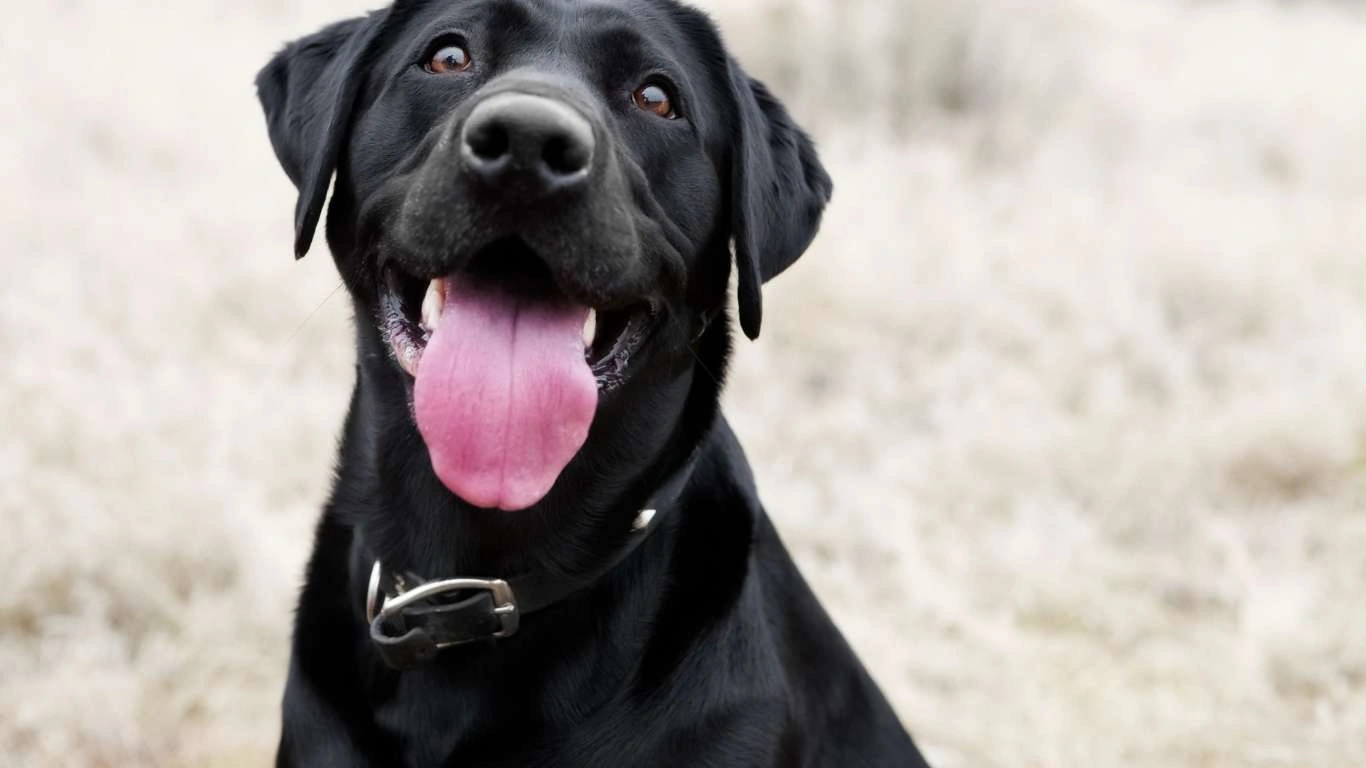
Now, just as important as what to feed your dog is what not to feed them. A lot of well-meaning folks try to help their pup with iron-rich human foods, but some of those can do more harm than good. Based on experience, here’s a quick “no-go” list:
- Onions and garlic (toxic—they actually destroy red blood cells)
- Grapes and raisins (not iron-related, but dangerous)
- Raw dough or yeast
- Iron-heavy cereals or multivitamins made for humans
Always double-check ingredients and, when in doubt, call your vet or someone at your local clinic. I’ve had pet parents call us at the shelter after hours in full panic mode, and I promise—no one minds helping prevent a crisis.
How to Build a Balanced Meal Plan for Dogs Recovering from Anemia
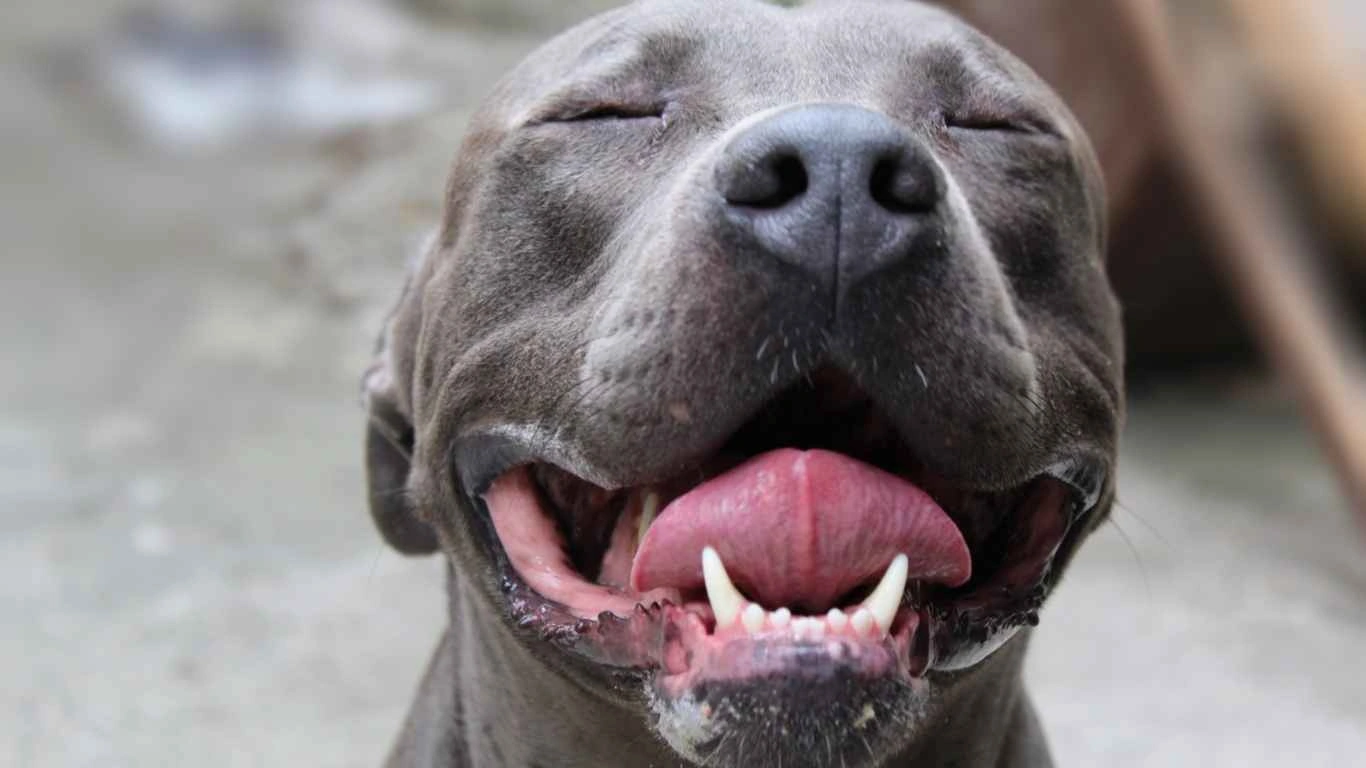
When I was working closely with our vet team at the clinic, we often got asked by worried pet parents, “Can I just make my dog’s food at home?” And the answer is—yes, but with a solid plan. A haphazard mix of chicken and rice isn’t going to cut it when we’re talking about the best diet for dogs recovering from anemia. You’ve gotta make every bite count.
One of the easiest ways to get started is with a weekly prep routine. Trust me, I’ve done this more times than I can count for fosters recovering from illness. The goal is to mix and match from key nutrient groups and rotate proteins for variety.
Sample Weekly Meal Prep Breakdown
- Protein Base (50-60%): Ground turkey, cooked chicken, beef liver, sardines
- Carbohydrates (20-25%): Sweet potatoes, brown rice, oats (plain, cooked)
- Veggies (10-15%): Kale, spinach, pumpkin, green beans
- Healthy Fats (5-10%): Salmon oil, coconut oil, flaxseed (ground)
I always prep a few batches on Sundays and freeze portions—it saves so much time and stress during the week. And don’t forget to include a multivitamin supplement formulated for dogs if your vet recommends it. Even with the best ingredients, some micronutrients are tricky to hit without a little help.
Bone Broth & Nutrient-Rich Add-Ins: Recovery Superstars

If I had a dollar for every time I saw a sick or recovering dog perk up for a warm bowl of bone broth… I’d probably have my own clinic by now. It’s liquid gold for healing pups. It’s gentle on the stomach, packed with collagen, gelatin, and minerals, and helps keep them hydrated—especially important if they’ve had blood loss or aren’t eating full meals yet.
Here’s how I usually make it:
- Grab a slow cooker and toss in marrow bones (beef or chicken).
- Add a splash of apple cider vinegar (helps extract minerals).
- Fill with water, cook on low for 24-48 hours.
- Strain it, cool it, and skim off the fat.
Freeze in silicone molds for easy single-serving portions. I’ll melt a cube and pour it over dry or home-cooked food to encourage eating. Dogs seriously go nuts for this stuff.
Other Power Add-Ins I Swear By:
- Spirulina powder – A natural source of iron, protein, and antioxidants
- Egg yolks – Rich in iron and B vitamins (lightly cooked)
- Bee pollen – For immune and energy support (start small)
I used to add a pinch of spirulina to my senior shepherd’s meals when he was recovering from anemia post-surgery. Within a week, his coat was shinier and he had that pep in his step again. It’s not magic, it’s just giving their body what it’s begging for.
Hydration and Appetite Tips for Picky or Weak Dogs
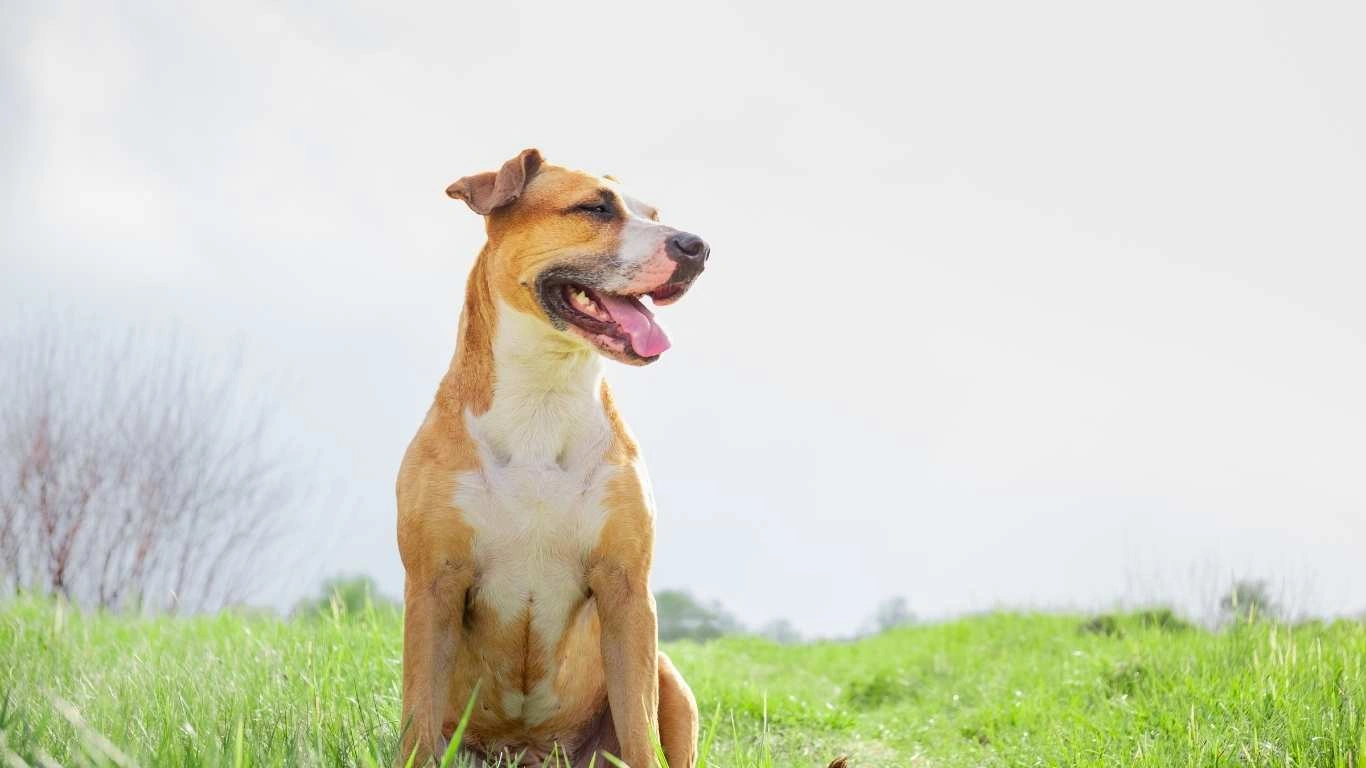
One thing people often overlook during recovery? Hydration. When dogs are weak, nauseous, or just feeling crummy, they might not drink enough. And dehydration only makes the anemia symptoms worse.
Tricks That Help Encourage Drinking:
- Add a splash of low-sodium bone broth to their water
- Use ice cubes made with tuna juice or chicken broth
- Offer water in different bowls (some dogs prefer ceramic or stainless steel)
- Try water fountains—some pups love the moving water
I’ve even hand-fed ice chips to a post-op pug who refused to drink. You do what you gotta do, right?
When They Won’t Eat: How to Tempt a Sick Pup
Sometimes, even your best recipes might not spark an appetite. If that’s the case, you can try:
- Warming up food slightly (brings out the smell)
- Mixing in a bit of plain Greek yogurt or cottage cheese
- Adding a sprinkle of parmesan cheese or nutritional yeast
- Hand-feeding—yep, it works more often than you’d think
In the shelter, we had a little pit mix named Ruby who stopped eating after a bad bout of parasites led to anemia. We started hand-feeding her warm turkey and rice with bone broth—and it worked. Within days she was back to eating from her bowl and even wagging when food came out.
Veterinary Support & Bloodwork Monitoring
No matter how on-point your nutrition plan is, it’s vital to have veterinary support. One of the best ways to track how your dog’s recovery is going is with follow-up bloodwork. I always encouraged our adopters and fosters to check in every few weeks until their pup was 100%.
What Your Vet Will Likely Check:
- Red blood cell (RBC) count
- Hemoglobin and hematocrit levels
- Reticulocyte count (shows if bone marrow is producing new cells)
- Iron and B12 levels if needed
This info can help you and your vet fine-tune the recovery diet. Sometimes we’d realize a dog needed more B12 injections or a temporary iron supplement—even if they were eating great. That’s why regular check-ins matter.
Monitoring Long-Term Progress: What to Watch for at Home

Now that we’ve covered nutrition, hydration, and vet visits, let’s talk about the long haul. Recovery from anemia in dogs isn’t always linear—sometimes you’ll see a burst of energy, then a slow day. That’s normal. What matters most is the overall trend.
In my experience working at shelters and clinics, the dogs that did the best post-anemia had engaged, observant humans keeping tabs on them. You don’t need to be a vet tech—just a watchful, loving dog parent.
Signs Your Dog Is Recovering Well
- Gum color is returning to a healthy pink
- Energy levels are increasing gradually
- Appetite is back to normal or improved
- Playfulness and curiosity are returning
- Coat is shinier, and shedding decreases
There’s nothing more rewarding than watching a dog bounce back. I still remember one little mixed-breed pup we named Jasper. He came in completely flat, barely lifting his head. A few weeks on the right food and lots of love? He was zooming around the yard like he owned the place. That’s the power of focused, tailored recovery care.
Maintaining a Nutrient-Rich Diet After Recovery
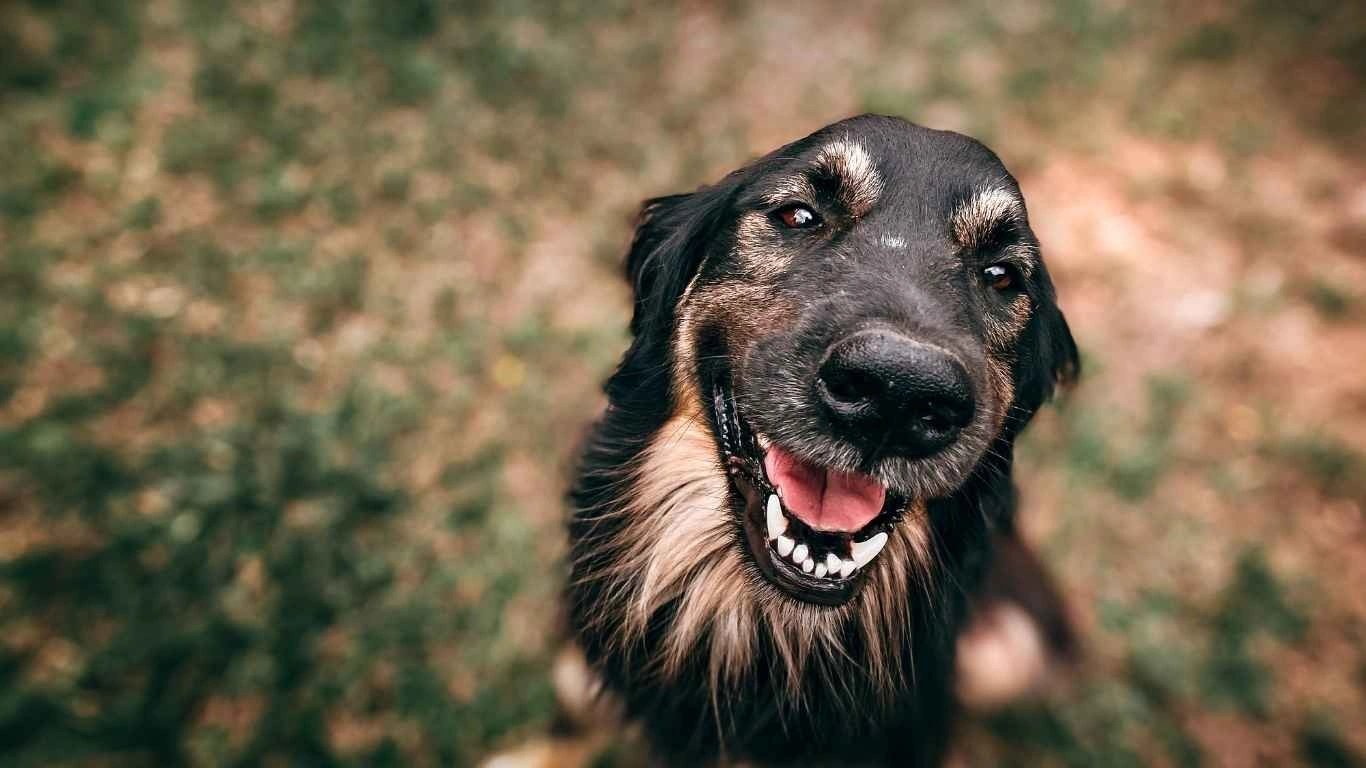
Once your dog is back to their usual tail-wagging self, it’s tempting to slip back into whatever diet is convenient. But here’s the thing—I’ve seen too many relapses due to poor post-recovery feeding. So here’s how to strike the balance between easy and effective.
Long-Term Maintenance Diet Tips
- Stick to high-quality proteins—rotate between sources
- Include a variety of lightly cooked or steamed veggies
- Don’t ditch the bone broth—it’s great year-round
- Monitor portion sizes to avoid weight gain
- Supplement wisely—especially for seniors or dogs with chronic conditions
If you’re going commercial, look for brands that are vet-recommended and free of fillers and artificial preservatives. I often recommend brands that follow AAFCO guidelines and make transparency a priority. You can check ingredient quality on websites like PetMD or AKC.
Homemade vs. Commercial Diets: What’s Best Post-Anemia?
It honestly depends on your lifestyle and your dog’s needs. I’ve seen incredible recoveries on both homemade and premium commercial diets. If you’re prepping meals at home, though, I always suggest checking in with a canine nutritionist or using software that balances recipes. You want to ensure your meals are meeting your dog’s full nutritional profile—not just hitting the iron and B12 marks.
If you’re going with commercial food, check the label for:
- Named meat sources (no “meat meal” as the first ingredient)
- Added vitamins and minerals—especially iron, B12, and folate
- Limited or no by-products and fillers
Look for brands that publish feeding trials or nutritional guarantees. Sites like NIH or Health.com occasionally highlight research on pet nutrition that’s worth a glance too.
Lifestyle Adjustments to Support Ongoing Health
Aside from food, there are a few other lifestyle tweaks that can help anemic dogs stay healthy long after they’ve bounced back:
Keep Parasites in Check
Fleas, ticks, and intestinal worms are a major cause of anemia, especially in younger or shelter-adopted dogs. Stay on top of monthly preventatives. At our shelter, every intake dog was dewormed and treated immediately, no exceptions. It made a huge difference in recovery outcomes.
Regular Exercise (In Moderation)
Don’t push your dog too hard, especially in the early weeks of recovery. Gradual walks and light play sessions help rebuild strength. As they recover, slowly increase duration and intensity—but always watch for signs of fatigue.
Stress Reduction
It sounds simple, but stress can impact healing—especially for dogs coming out of traumatic situations like shelter life or surgeries. Offer a calm, structured environment. Soft beds, safe spaces, gentle handling, and even calming music (seriously, try it!) can help.
Final Thoughts & Encouragement
Helping a dog recover from anemia takes patience, love, and a bit of planning—but it’s absolutely worth it. I’ve walked alongside dozens of dogs through this exact journey, and the transformation never gets old. From pale gums and empty bowls to zoomies and sparkly eyes—it’s the best kind of magic.
If you’re ever unsure, never hesitate to reach out to your vet or even connect with other pet parents. There’s a whole community out there cheering you and your pup on.
References
Disclaimer
This article is based on my personal experience as an Animal Care Specialist and is intended for informational purposes only. It is not a substitute for professional veterinary advice, diagnosis, or treatment. Always consult your veterinarian before making changes to your dog’s diet, medication, or care routine.


